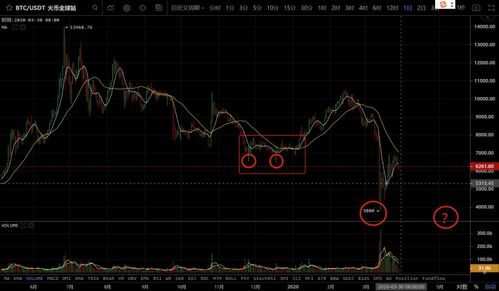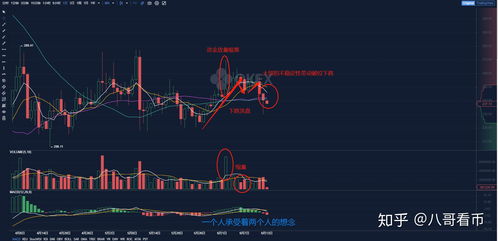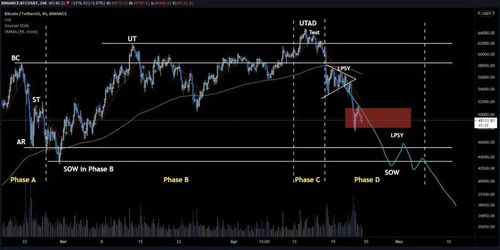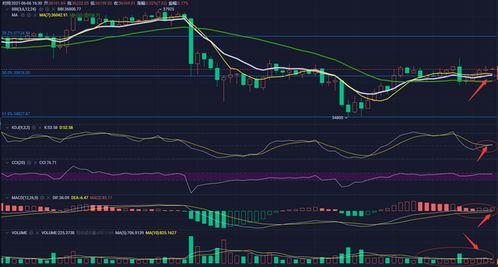Understanding Bitcoin's Lock Factor: A Comprehensive Guide to LFS

Bitcoin, as the world's first decentralized digital currency, has gained immense popularity over the years. With its increasing adoption, investors and traders are constantly seeking ways to analyze the market and make informed decisions. One such tool that has gained attention is the Bitcoin Lock Factor, commonly referred to as LFS. In this article, we will delve into the concept of LFS, its significance, and how it can be used to gain insights into the Bitcoin market.
What is Bitcoin Lock Factor (LFS)?

The Bitcoin Lock Factor, or LFS, is a metric used to measure the level of investor confidence and market sentiment in the Bitcoin market. It provides valuable information about the number of Bitcoin holders who are holding onto their coins for the long term, rather than selling them in the short term. The LFS is calculated based on the number of Bitcoin addresses that have not made any transactions for a certain period of time.
How is LFS Calculated?

The LFS is calculated using a specific formula that takes into account the number of Bitcoin addresses that have not made any transactions for a given time frame. The formula is as follows:
LFS = (Number of Addresses with No Transactions / Total Number of Bitcoin Addresses) 100
This formula provides a percentage value that indicates the proportion of Bitcoin holders who are holding onto their coins for the long term. A higher LFS value suggests that a larger percentage of Bitcoin holders are confident in the cryptocurrency's future and are not planning to sell their coins in the short term.
Significance of LFS

The Bitcoin Lock Factor is a crucial metric for investors and traders as it provides insights into the overall market sentiment and investor confidence. Here are some key reasons why LFS is significant:
Market Sentiment:
The LFS helps in understanding the market sentiment by indicating whether investors are bullish or bearish on Bitcoin. A higher LFS suggests bullish sentiment, while a lower LFS indicates bearish sentiment.
Investor Confidence:
The LFS reflects the level of confidence among Bitcoin holders. A higher LFS indicates that investors are confident in the long-term potential of Bitcoin.
Market Manipulation:
The LFS can help identify potential market manipulation by large players. If the LFS is significantly lower than expected, it may indicate that large players are selling off their Bitcoin positions, which could lead to a price decline.
Interpreting LFS Values

The LFS values can vary significantly, and it is essential to interpret them correctly. Here are some guidelines for interpreting LFS values:
High LFS Values:
A high LFS value suggests that a significant number of Bitcoin holders are holding onto their coins for the long term. This could indicate strong investor confidence and a bullish market sentiment.
Low LFS Values:
A low LFS value suggests that a large number of Bitcoin holders are selling their coins in the short term. This could indicate bearish market sentiment and potential downward pressure on prices.
Changing LFS Values:
A sudden change in the LFS value, either up or down, can indicate a shift in market sentiment. Traders should pay close attention to these changes and adjust their strategies accordingly.
Conclusion

The Bitcoin Lock Factor, or LFS, is a valuable metric for analyzing the Bitcoin market and understanding investor confidence. By interpreting LFS values correctly, investors and traders can gain insights into market sentiment and make informed decisions. However, it is essential to consider LFS in conjunction with other indicators and factors to form a comprehensive view of the market.
Tags: Bitcoin, Lock Factor, LFS, market sentiment, investor confidence, Bitcoin analysis
